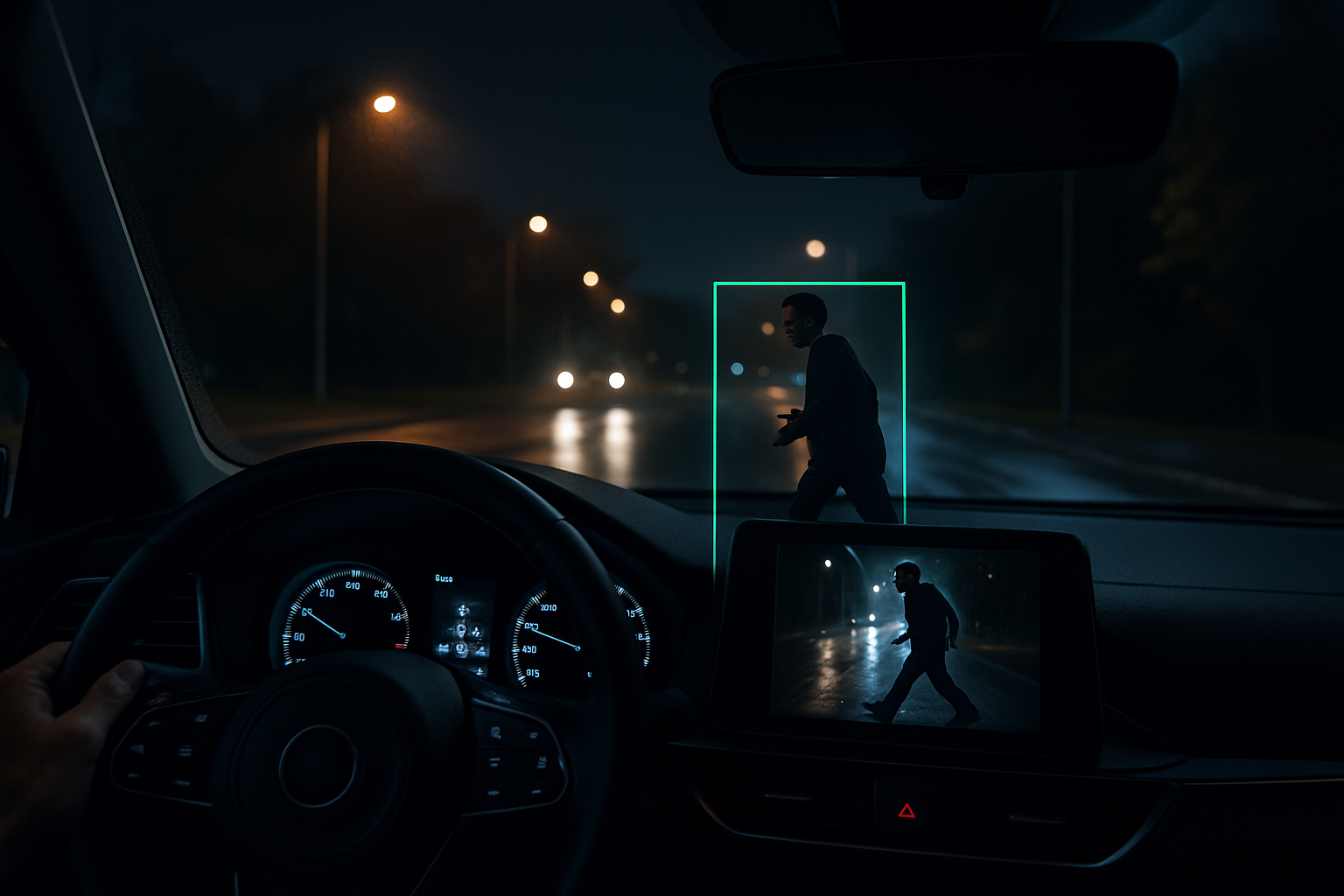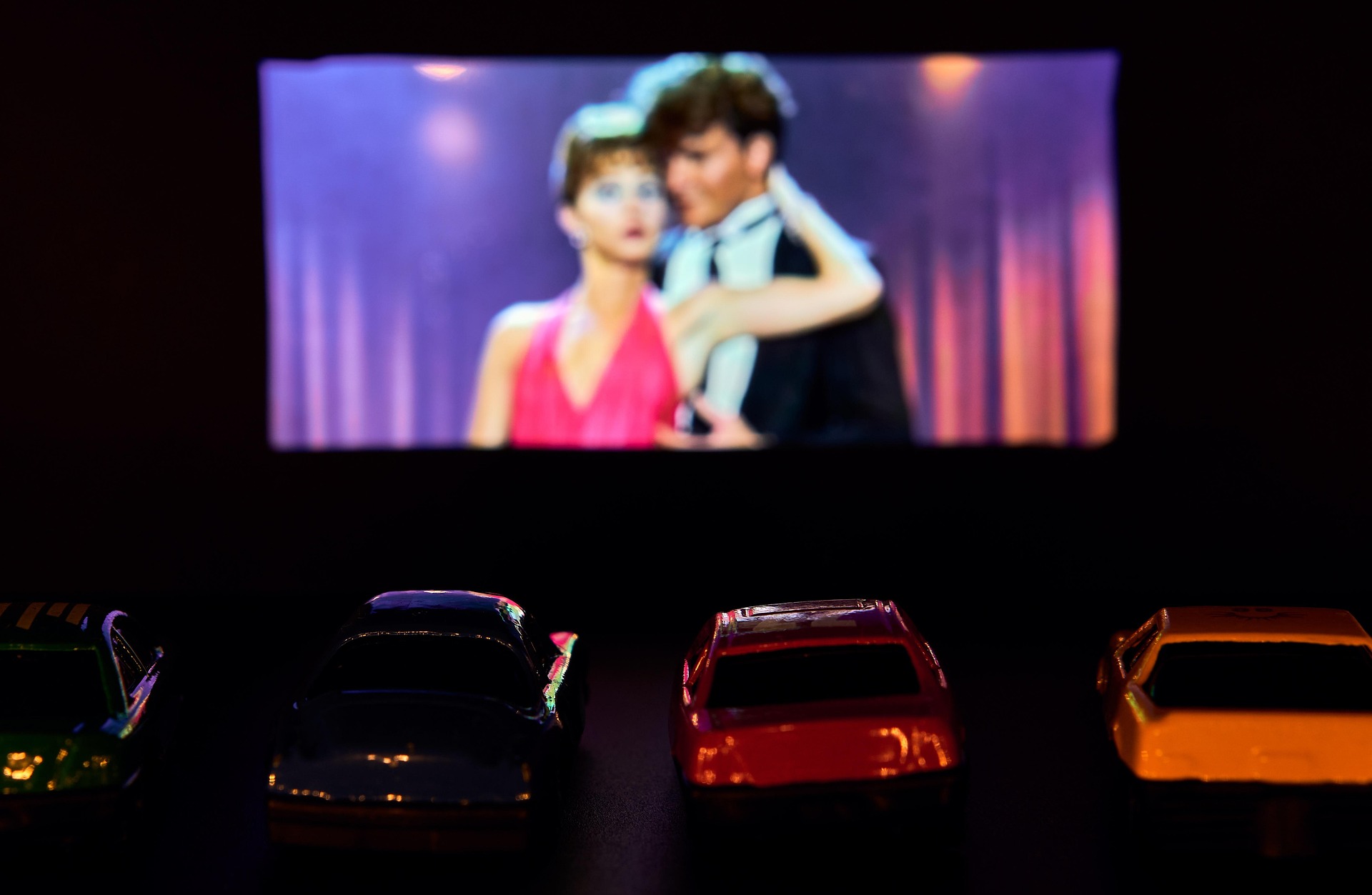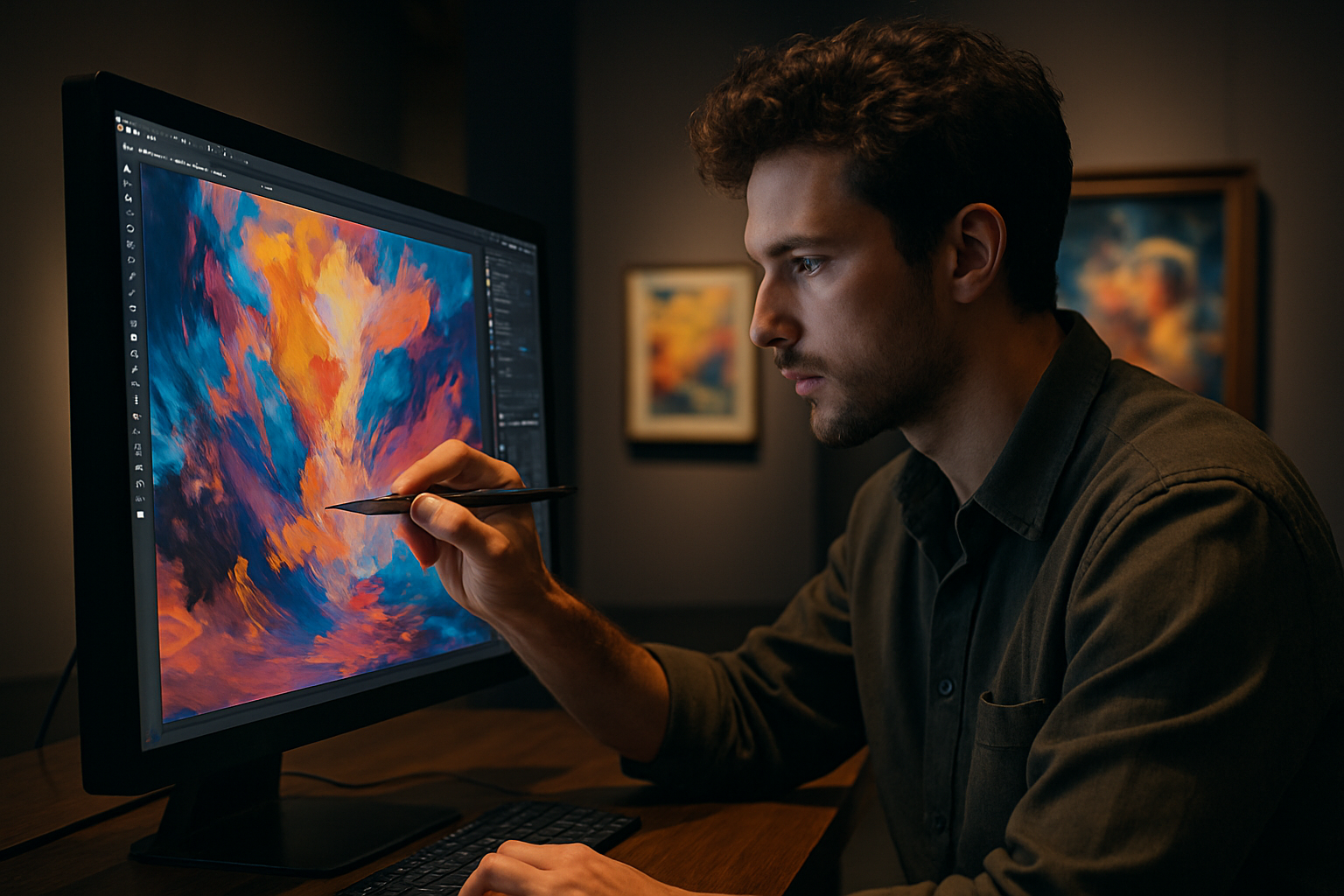Advancements in Holographic Display: A New Dimension in Technology
Introduction: Step into the future with the latest advancements in holographic display technology. This immersive, three-dimensional experience is no longer confined to sci-fi movies—it's here, and it's revolutionizing the way we interact with digital content.

Historical Context: From Fiction to Reality
Holography, a method of creating three-dimensional images, was first developed in the 1940s by Hungarian-British physicist Dennis Gabor. However, the concept of holographic displays, as we know them today, was largely popularized by science fiction. Who can forget the iconic scene in Star Wars when Princess Leia’s holographic message was projected by R2-D2?
Fast forward to the 21st century, and we’re seeing significant strides towards making this sci-fi fantasy a reality. Companies like Microsoft, with its HoloLens, and startups like Looking Glass Factory are pushing the boundaries of holographic display technology with their innovative products.
Current Developments: Holography in the Real World
Holographic displays are no longer a thing of the future. They’re here, and they’re being used in a variety of ways. From enhancing virtual and augmented reality experiences to providing more immersive advertising and entertainment, holography is slowly but steadily becoming a part of our everyday lives.
Microsoft’s HoloLens, for example, uses holographic technology to overlay digital information onto the real world. Looking Glass Factory, on the other hand, has developed a holographic display that allows multiple viewers to see 3D images simultaneously, without needing VR headsets or 3D glasses.
The Price of Progress: Holographic Displays and the Market
While holographic displays are undoubtedly impressive, their high price points remain a significant barrier to widespread adoption. Microsoft’s HoloLens 2, for instance, is priced at $3,500—a cost that may be prohibitive for many consumers.
However, as with most new technologies, we can expect these prices to drop as the technology matures and more competitors enter the market. In fact, Looking Glass Factory has already made steps to make holography more accessible, with its personal holographic display priced at a more reasonable $299.
The Future of Holography: A New Era in Digital Interaction
As we look to the future, it’s clear that holographic display technology has the potential to dramatically change the way we interact with digital content. Imagine being able to manipulate 3D models with your hands during a design meeting, or having lifelike, three-dimensional video chats with family and friends who live far away.
While we’re still some way off from these scenarios becoming commonplace, the advancements in holographic display technology are undoubtedly exciting. As this technology continues to develop and become more affordable, we may well be on the brink of a new era in digital interaction.
Final Thoughts:
The world of holographic displays is one of untapped potential. As this technology continues to advance and become more accessible, the possibilities for its application are virtually limitless. From revolutionizing the way we work and play to transforming how we communicate and learn, holography is set to bring us into a new dimension of digital experiences.





